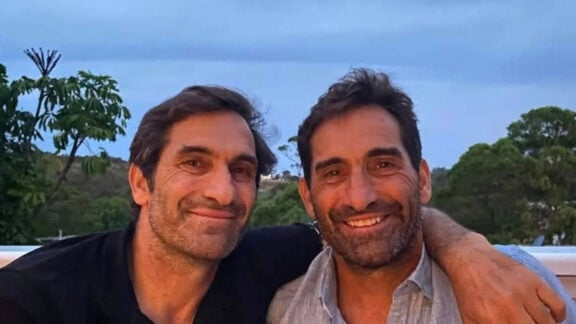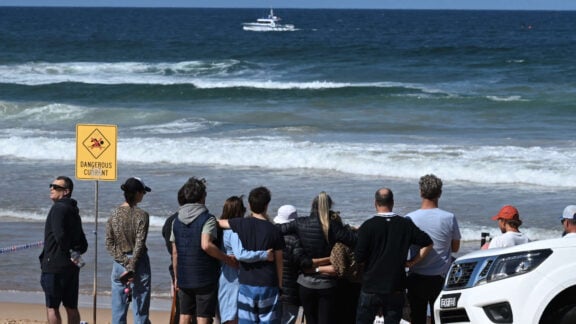A rare discovery of extreme archaeological significance was made recently, during excavations on Mount Lykaion, in Arcadia, when the remains of a teenage boy were found in what was an altar believed to be dedicated to Zeus.
Although excavations in Greece have been taking place for almost 150 years, this is the first time archaeologists have come across proof of a practice which is rarely mentioned in history books: the sacrifice of humans to the gods.
Accounts of human sacrifice are included, in passing, in several ancient myths, in the works of Homer, as well as in some writings of ancient historians, but no archaeological findings had corroborated the sinister claims up to now.
In a statement issued on Wednesday, Greece’s Culture Ministry confirmed the finding of a 3,000-year-old skeleton, presumably of an adolescent boy, found in the heart of a 30-metre broad ash altar, next to a man-made stone platform, in what is believed to have been a worship place for Zeus, god of thunder and leader of the 12 gods of the Olympus that ancient Greeks believed in. The skeleton is very well preserved, although the upper half of the skull is missing.
The placing of the skeleton, amid a mound of ashes presumably built up over a millennium of animal sacrifice, gives archaeologists reasons to believe that the boy was sacrificed, AP reports. The body was laid among two lines of stones on an east-west axis, with stone slabs covering the pelvis.
The limited number of written accounts of the practice has made human sacrifice a somewhat dark legend when it comes to ancient Greek history, and little is actually known of the practice.
It is believed that the human body was sacrificed with the animals and the meat was cooked and eaten together, giving power to whoever ate it. The human remains among animal ashes, suggests that there is truth to the legend.
“This is a sacrificial altar,” said excavator David Gilman Romano, professor of Greek archaeology at the University of Arizona.
“It’s not a place where you would bury an individual. It’s not a cemetery”.
Pottery found with the human remains dates them to the 11th century BC, right at the end of the Mycenaean era, whose heroes were immortalised in Greek myth and Homer’s epics, and several of whose palaces have been excavated.
There is evidence of human presence on the site going back 5,000 years and the mountaintop is the earliest-known site where Zeus was worshipped; even without the possible human sacrifice element it was a place of massive slaughter. From at least the 16th century BC until just after the time of Alexander the Great, tens of thousands of animals were killed there in the gods’ honour.
So far, only about seven percent of the altar has been excavated, between 2007-2010 and again this year. “We have a number of years of future excavation to go,” Romano said. “We don’t know if we are going to find more human burials or not.”









